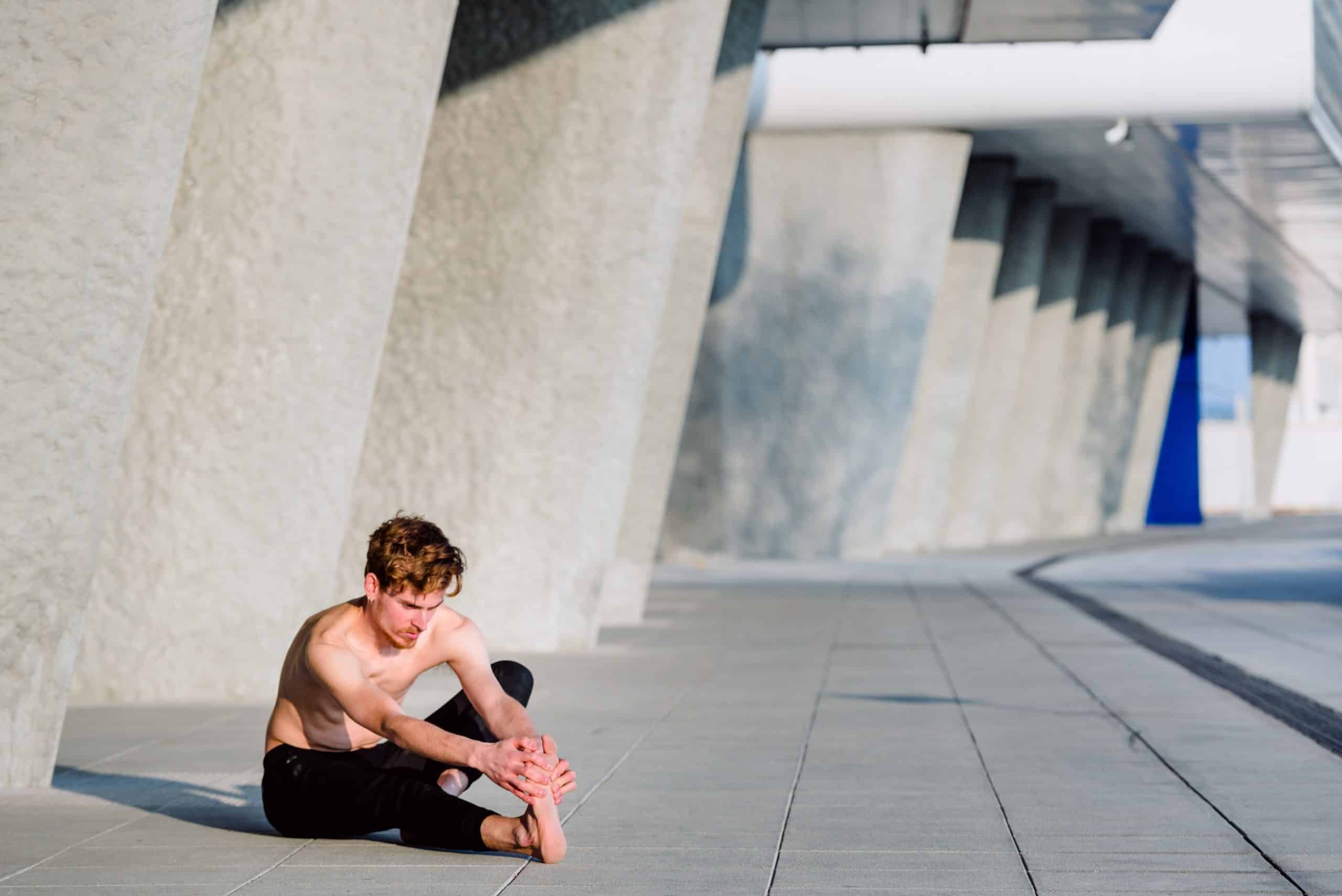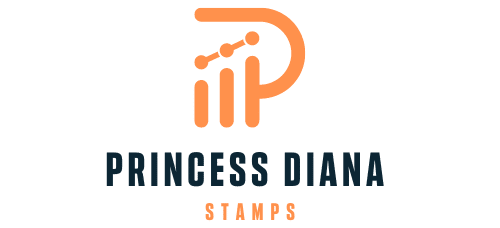What Are the Best Techniques to Increase Flexibility in Martial Artists?

In the world of martial arts, flexibility is not merely an advantage; it’s a necessity. Whether you’re perfecting your high kicks in karate or executing complex moves in kung fu, a greater range of motion can significantly improve your performance. Even better, it reduces the risk of injury caused by straining stiff muscles. However, achieving that level of suppleness requires more than just sporadic stretches. It needs a commitment to regular, targeted exercises to gradually increase the flexibility of your leg, hip, and body muscles. This article will provide an in-depth look at the best techniques and strategies to help martial artists elevate their flexibility and enhance their training regime.
Stretching: The Foundation of Flexibility
Before you start practicing your kicks and punches, it’s essential to prepare your body. This is where stretching comes into play. Not only does it loosen your muscles and increase your range of motion, but it also promotes better blood circulation, which aids in muscle recovery.
En parallèle : How to Incorporate Mental Skills Training in Youth Soccer Academies?
A study published by the American College of Sports Medicine suggests that regular and consistent stretching can improve flexibility, enhance performance, and reduce the risk of injury. Therefore, it’s critical to incorporate stretching exercises into your daily routine.
Two types of stretching are particularly beneficial in martial arts: dynamic and static. Dynamic stretching involves moving parts of your body and gradually increasing reach, speed of movement, or both. It’s excellent for warming up your muscles before you start your intense martial arts training.
Lire également : What’s the Role of Omega-3 Fatty Acids in Muscle Recovery for Weightlifters?
In contrast, static stretching involves stretching a muscle to its furthest point and then holding that position. It’s best performed after your training session as it helps to cool down the body, reduce muscle tension, and increase overall flexibility over time.
Building Strength to Improve Flexibility
Contrary to popular belief, building muscle strength plays a significant role in increasing flexibility. The stronger your muscles, the more control you have over your movements. This control allows you to stretch your muscles further without the risk of injury.
Specific strength exercises can significantly improve your flexibility in martial arts. For instance, leg lifts can enhance the flexibility and strength of your hip and leg muscles, allowing for higher and more controlled kicks. Planks, on the other hand, can strengthen your core, providing better balance and stability in your movements.
Furthermore, resistance training with bands or weights can also contribute to improved flexibility. The key is to focus on slow, controlled movements to challenge your muscles and to ensure that you are stretching them at the same time.
Yoga: A Complementary Practice for Martial Artists
Yoga, with its emphasis on controlled breathing, balance, and flexibility, can be a perfect complement to martial arts training. It offers a variety of poses and stretches that can target key muscle groups used in martial arts, such as the legs, hips, and core.
For instance, the Warrior Pose can enhance lower body strength and balance, while the Downward Dog can stretch and strengthen the entire body. Incorporating yoga into your routine not only improves flexibility, but it also helps with mindfulness, a skill that can be beneficial in martial arts.
Practicing yoga regularly can increase your range of motion, improve balance, and boost overall flexibility, making it an excellent addition to any martial artist’s training routine.
Balancing Diet and Hydration for Optimum Flexibility
As martial artists, your focus is often on physical training and techniques. However, your diet and hydration also play crucial roles in maintaining and improving flexibility.
Your body’s hydration level affects the flexibility of your muscles and connective tissues. Therefore, it’s crucial to drink plenty of water, especially before and after workouts. Dehydration can lead to muscle tightness, reducing your range of motion.
Meanwhile, a balanced diet rich in lean proteins and nutrient-dense fruits and vegetables can aid muscle recovery and growth. Including foods with healthy fats, such as avocados and nuts, can also help lubricate joints and reduce inflammation, further enhancing flexibility.
Incorporating these elements into your nutritional regimen will not only contribute to better flexibility but also boost your overall performance as a martial artist.
Regularity and Consistency: The Key to Increasing Flexibility
Lastly, the most crucial aspect of improving flexibility is regularity and consistency. It’s better to stretch a little every day than to do a lot once a week. Make stretching and flexibility exercises a part of your daily routine.
Consistency is also vital. It would be best if you aimed to stretch all muscle groups, not just the ones you use most in your martial art. Regular, all-over stretches will increase your overall flexibility and help prevent muscle imbalances that can lead to injuries.
By following these techniques and strategies, you can gradually and safely improve your flexibility, enhancing not just your martial arts techniques, but your overall physical fitness and well-being.
Advantages of Ballistic Stretching and Active Flexibility Training
Ballistic stretching is another type of stretching that can be beneficial for martial artists. This technique involves bouncing movements to push your body beyond its normal range of motion. While some may argue that these movements could lead to injuries, if done carefully and correctly under proper supervision, it has the potential to increase dynamic flexibility, which is crucial for martial arts like muay thai and jiu jitsu.
Active flexibility, on the other hand, is the ability to use your own muscles to hold a stretch. This type of flexibility is particularly valuable in martial arts, as it helps in performing high kicks and other complex moves with greater control and precision.
A study published by the Journal of Athletic Training highlights that ballistic stretching and active flexibility training can enhance hip flexors’ flexibility, crucial for high kicks and knee strikes in martial arts. They can also assist in improving the flexibility of other essential muscle groups that are frequently engaged in martial arts training, such as the shoulders, back, and hamstrings.
These training techniques, when incorporated into your regular workout regime, can significantly enhance your flexibility and overall performance in martial arts. Just remember, it’s essential to perform these exercises under proper guidance to avoid any potential injuries.
Static and Isometric Stretching for Enhanced Flexibility
Static stretching, as mentioned earlier, is an integral part of flexibility training. However, another form of stretching that can effectively improve flexibility in martial artists is isometric stretching.
Isometric stretching is a type of static stretching which involves the resistance of muscle groups through isometric contractions (tensing) of the stretched muscles. It is one of the fastest ways to enhance static flexibility and is much more effective than either passive or active stretching alone.
For martial artists, this type of stretching can be beneficial in improving the flexibility of specific muscle groups involved in different techniques. For instance, Brazilian jiu jitsu practitioners often employ isometric stretching to improve their flexibility, helping them perform complex ground techniques more efficiently.
Including both static and isometric stretching in your flexibility training regimen can be a game-changer, helping you achieve greater range of motion and better performance in your respective martial arts discipline.
Conclusion: The Path to Improved Flexibility in Martial Arts
In conclusion, enhancing flexibility is a journey that requires patience, discipline, and consistency. From dynamic and static stretching to ballistic and isometric stretching, various techniques can help martial artists improve their flexibility. Yoga, strength training, and a balanced diet also play crucial roles in improving range of motion and reducing the risk of injuries. Whether you practice muay thai, Brazilian jiu jitsu, or any other martial arts discipline, incorporating these practices into your training regimen will help you achieve greater flexibility and excel in your performance.
Remember, the path to improved flexibility is not a sprint; it’s a marathon. It’s not about how quickly you can touch your toes, but how consistently you can devote time to stretching and flexibility training. There is no shortcut to flexibility. But with regular, consistent practice of the techniques highlighted in this article, you can certainly achieve a greater range of motion, better high kicks, and improved overall performance in martial arts. It’s a process, and every step you take towards improving your flexibility counts. Keep stretching, keep practicing, and you will see the results!
